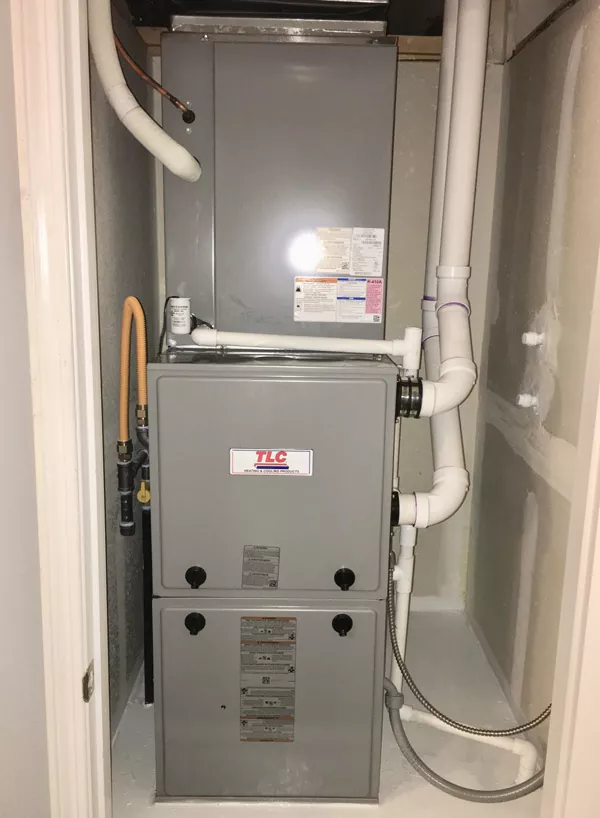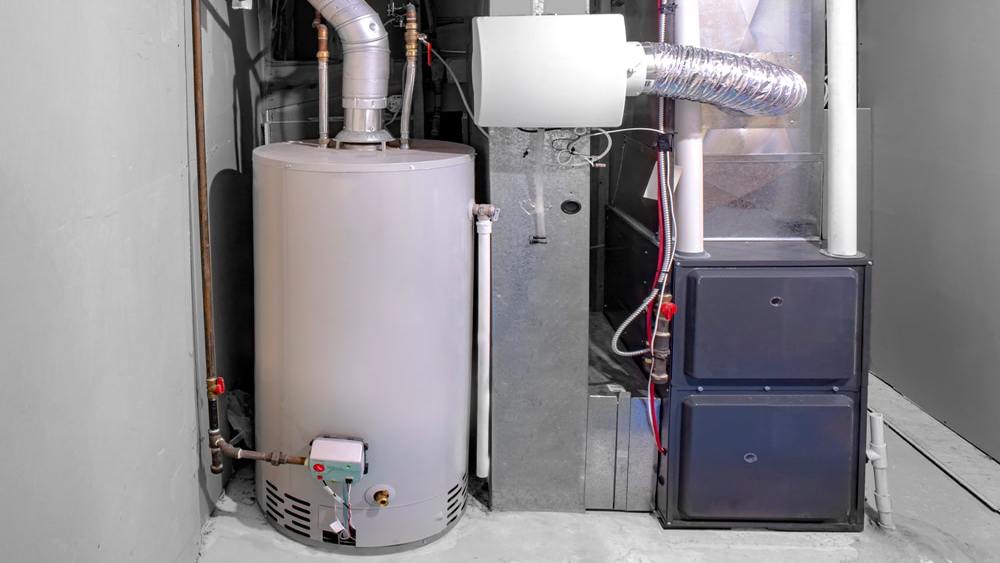Your preferred HVAC company: Offering expert services for home comfort
Your preferred HVAC company: Offering expert services for home comfort
Blog Article
The Ultimate Guide to Heating System Setup for a Cozy Home
Furnace setup is a critical facet of maintaining a comfy home setting, especially during the chillier months. As you take into consideration these factors, the question remains: what steps can you take to guarantee your heating system serves you well for years to come?
Types of Heating Systems

Gas furnaces are the most usual selection as a result of their effectiveness and lower operational expenses. They utilize all-natural gas or propane, offering quick home heating and constant performance, making them excellent for colder environments.
Electric furnaces, while normally easier to set up and maintain, often tend to have greater operational costs. They are commonly preferred in areas where gas solution is unavailable or for homes with existing electrical facilities.
Oil furnaces, though less usual today, continue to be a practical option in particular regions. They melt heating oil, which can be helpful throughout chillier months, but their reliance on oil distribution presents prospective difficulties.
Additionally, there are high-efficiency versions readily available throughout these types, which can significantly reduce energy intake and utility bills - furnace installation. Inevitably, recognizing these furnace kinds will help property owners choose a system that lines up with their home heating requires, budget plan, and power preferences
Picking the Right Dimension
Selecting the proper size for a heating system is important to guaranteeing optimal performance and power effectiveness. A small furnace will struggle to maintain comfy temperature levels throughout the cool months, causing enhanced damage, greater power costs, and prospective system failure. Conversely, an oversized heating system may cycle on and off too regularly, resulting in ineffective heating and uneven temperature distribution within the home.
To identify the correct heating system size, a computation referred to as the Manual J load computation should be carried out. This procedure examines various variables, consisting of the square video footage of the home, insulation degrees, window dimensions, and neighborhood environment problems. This detailed evaluation makes certain that the furnace fulfills the details heating needs of the space.

Installation Process Introduction
In terms of materials, you anchor will certainly require ductwork, insulation, and sealing tape to make sure ideal airflow and energy performance - furnace installation. It is also crucial to have a new furnace filter handy, together with airing vent products, such as PVC pipeline or metal flue, depending on the kind of heating system being installed
Security devices, consisting of gloves, safety glasses, and a face mask, is additionally important to secure against dirt and particles throughout setup. Having all these tools and products readily offered not just improves the procedure but also enhances the security and efficiency of the furnace setup.
Maintenance Tips for Longevity
To guarantee the long life of your heater, it is essential to apply a regular upkeep routine that resolves essential parts of the system. Start by replacing or cleaning the air filter every one to three months, as a blocked filter can limit airflow and decrease performance. Furthermore, check and clean the blower assembly to avoid dirt accumulation that can impede performance.
Next, examine the thermostat settings and rectify if essential to ensure accurate temperature level guideline. Check the ductwork for leaks or clogs, as this can bring about energy loss and irregular heating. Regularly oil the motor and bearings according to the producer's suggestions to lessen deterioration.
Professional assessments need to happen annually, where a certified specialist can analyze the furnace's total problem, look for gas leakages, and make sure that safety and security features are operating correctly. Ultimately, take into consideration setting up a programmable thermostat to maximize energy use and preserve regular home temperatures. By embracing these maintenance methods, you can enhance your heater's efficiency, extend its lifespan, and inevitably appreciate a cozy and comfortable home atmosphere.
Final Thought

Report this page